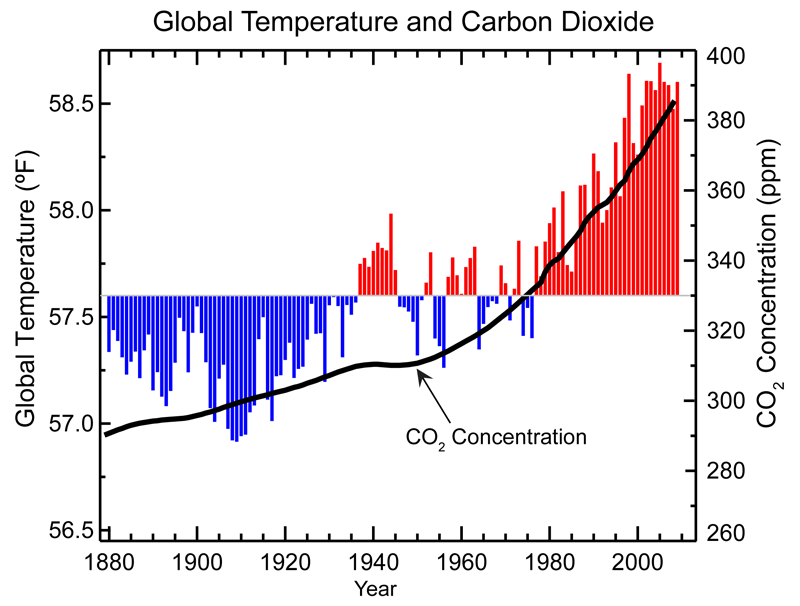Climate
Autocorrelation
While everyone is now familiar with the trends in mean environmental conditions associated with
climate change (e.g., rising temperatures) , it is also clear that the variance of climate is also being modified.
Weather patterns are generally highly autocorrelated - a warm day usually follows
another above average warm day. The degree to which, for instance, air temperatures will be autocorrelated can be highly affected
by geographical factors (e.g. Deserts tend to have very hot days and cold nights due to very low humidity, whereas coastal regions
tend to have much more consistent temperatures throughout the year). Therefore, if climate conditions are highly autocorrelated,
conditions beneficial or detrimental to a population may perisist over long periods. The study of effects of climate autocorrelation
on extinction and invasion dynamics is a major research focus of this lab.
Microhabitat
The population effects of climate change can occur over a variety of scales. Species ranges are usually determined
in part by climatic conditions across a region, but species will often seek out or create habitats with conditions
that differ markedly from large scale patterns of air temperatures or humidity. Predicting the effects of such microhabitats
on population dynamics is a challenging exercise involving weather prediction at tiny scales. We model and measure the conditions
that organisms experience in plant canopies, burrows and underbark habitat.
|


|

